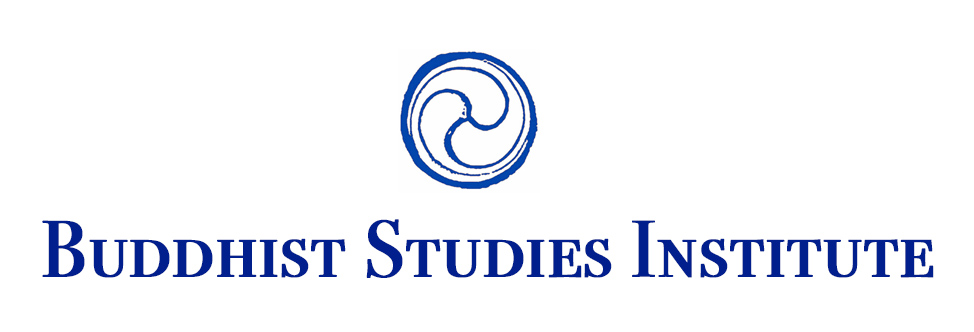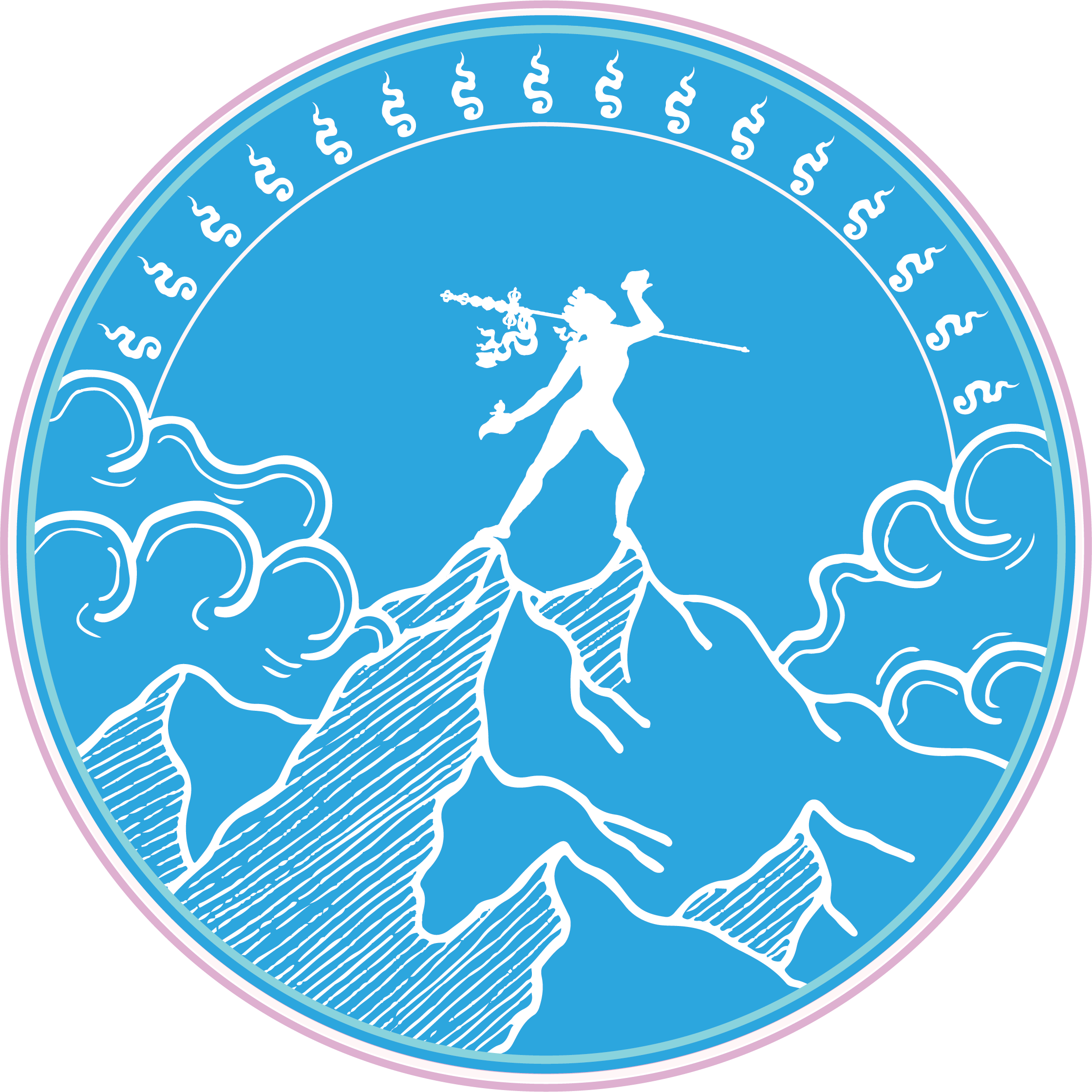Vajrayana Training 2.1.4: Lineage
VT 2.0 Module 1 Lesson 4 Lineage
Continuing with the Text to be Studied
An Instruction Manual for The Great Perfection, Heart Essence of the Dakinis
- Tibetan Title: རྫོགས་པ་ཆེན་པོ་མཁའ་འགྲོ་སྙིང་ཐིག་གི་ཁྲིད་ཡིག་ཐར་ལམ་བགྲོད་བྱེད་ཤིང་རྟ་བཟང་པོ།
rDzogs pa chen po mkha’ ’gro snying thig gi khrid yig thar lam bgrod byed shing rta bzang po - Translation: The Excellent Chariot for the traveler on the path to liberation, the guide to the Dakinis Heart, the Great Perfection
- Sanskrit Title: Mokṣa panthaṁ gatiṣu ratho nāma mahāsaṁdhi dākinī cittatilakasya kṣiptalekha viharatisma
- Author: The Third Dzogchen Rinpoche, Ngeton Tenzin Zangpo
- Also known for short as: Dzogchen Ngeton Tenzin Zangpo’s The Excellent Chariot, Guide to the Dakini’s Heart
- Pema Khandro will call it for short: Guide to the Dakini’s Heart
- Today’s Passage is in the English translation page 10-11
Today’s Passage
བརྒྱུད་པའི་ལོ་རྒྱུས་བཤད་དགོས་པའི་རྒྱུས
The reason to learn the history of the lineage.
The underlying reasons concerning the necessity of explaining the lineage history are taught in the Tantra of the Array of Lamps, where it is written:
“The validity of the Secret Mantra’s meaning comes from the realization, symbolic, and oral lineages.”
One recognizes this meaning by relying on examples. In dependence upon signs, this turns into conviction. By gaining certainty about the essential meaning, The threefold knowledge will be ripened like a grain. Present as it is in the basis, like a seed in the ground, the knowledge that arises through conditions will then clear away the darkness of ignorance and the cognitive obscurations will be self-purified. With this, one will behold the fruition, even without practice.
བརྒྱུད་པའི་ལོ་རྒྱུས་བཤད་དགོས་པའི་རྒྱུས །སྒྲོན་རྣམ་པར་བཀོད་པའི་རྒྱུད་ལས།
The underlying reasons concerning the necessity of explaining the lineage history are taught in the text known as the Tantra of the Array of Lamps, where it is written:
་དགོངས་པ་བརྡ་དང་སྙན་བརྒྱུད་ནས།གསང་སྔགས་དོན་གྱི་ཚད་མ་འབྱུང་།
“The validity of the Secret Mantra’s meaning comes from the lineage of realization, symbolic lineage, and oral lineages.”
དཔེ་ལ་བརྟེན་ནས་དོན་ངོ་ཤེས།
One recognizes this meaning by relying on those examples.
རྟགས་ལ་བརྟེན་ནས་ཡིད་ཆེས་འགྱུར།
Furthermore, in dependence upon signs, this turns into confidence.
དོན་གྱི་སྙིང་པོ་ཐག་ཚོད་པས།གཞི་ལ་གྲུབ་པའི་ཤེས་རབ་གསུམ།
By gaining certainty about the essential meaning, the threefold knowledge will be ripened like a grain.
ས་བོན་ཚུལ་དུ་གནས་པ་དེ།
[That knowledge] is present as it is in the basis, like a seed in the ground.
རྐྱེན་ལས་བྱུང་བའི་ཤེས་རབ་ཀྱིས།འབྲུ་ཡི་ཚུལ་དུ་སྨིན་པ་ཡིས།མ་རིག་པ་ཡི་མུན་པ་སངས།
The knowledge that arises through these aforementioned conditions will then clear away the darkness of ignorance and
ཤེས་བྱའི་སྒྲིབ་པ་རང་དག་པས།མ་བཙལ་འབྲས་བུ་རང་གིས་མཐོང་།ཞེས་གསུངས་པ་བཞིན་ནོ།
the cognitive obscurations will also be self-purified. With this, one will behold the fruition, even without practice.
_________________________
Special Note:
The lineage history is covered in detail up to the fourteenth century in a separate module. See Vajrayana Training 1.6 Lineage
_________________________
Key Concepts
Lineage
(Tib. བརྒྱུད, Wyl. brgyud). Literally, the lineage, or channel, spiritual heritage or unbroken connection, the chain of teachers going back to the historical origins. Lineages in Tibetan are rich tapestries of diversely woven threads of teachings and teachers. In the case of the Nyingma lineage, this chain goes back to Padamsambhava.
Lineage of realization
(Tib. རྒྱལ་བ་དགོངས་བརྒྱུད་, gyalwa gong gyü; Wyl. rgyal ba dgongs brgyud). Literally the lineage of the conquerer’s enlightened mind. This is the early origins of the lineage passed from Buddhas to other buddhas.
Symbolic lineage
(Tib. རིག་འཛིན་བརྡ་བརྒྱུད་, rigdzin da gyü; Wyl. rig ‘dzin brda brgyud). Literally the lineage of the ‘rigdzin’ the awareness holders. This is the lineage from Vajrasattva to human figures, Garab Dorje, Padmasambhava.
Oral lineage
(Tib. གང་ཟག་སྙན་བརྒྱུད་, gangzak nyen gyü; Wyl. gang zag snyan brgyud) The lineage as passed from teacher to student from Padmasambhava down to your root teacher.
Two types of obscurations
(Tib.སྒྲིབ་པ་གཉིས, Wyl. nyon sgrib, shes sgrib) There are two types of obscurations: the afflictive obscurations and the obscurations to omniscience. These are the veils that impede direct perception of the nature of mind and conceal clear perception of reality. The first of the two is Afflictive Obscurations. In is also sometimes called “emotional obscurations.” These are disturbances which tire the mind and perpetuate cycles of ignorance known as samsara. They include the disturbing emotions of anger, clinging, closed-mindedness, grasping and jealousy. These arise due to negative karma, moral obscurations, habitual tendencies, breakages of vows, negative mind states. The second, is called Obscurations to Omniscience. It is sometimes called “Cognitive obscurations.” This refers to the dualistic perception that prevents full attainment of buddhahood. It is the obscuration that Bodhisattvas still need to go beyond to become a Buddha. Without the obscurations to omniscience, one is able to perceive all phenomena in its true nature.
Three-fold knowledge
(Tib. ཤེས་རབ་གསུམ, shes rab gsum) Three Kinds of knowledge or discriminative awareness. Hearing, contemplating and meditating. These may be listed as, discriminative awareness born of study and learning, of thought and reflection and of meditation. Also known as the three types of prajna or three types of understanding.
_________________________
Homework
Read pages 7-11 in the English translation, “Great Perfection Outer and Inner Preliminaries.”
Watch the Vajrayana Training Module on the Lineage History
Points of Discussion for Vajrayana Live
- Practice together.
- Read the passage together. Review the key concepts.
- Define ‘lineage’ according to Vajrayana.
- Dialogue over any questions: The last lesson had extensive materials so questions may need to review the nine yanas. Questions may also focus on the self-paced module that was just released.
References
Dudjom. The Nyingma School of Tibetan Buddhism: Its Fundamentals and History (Kindle Locations 28941-28943). Wisdom Publications. Kindle Edition.
shes rab gsum. Rangjung Yeshe Dictionary.
Norbu, Thinley. Small Golden Key. Shambhala: 1993. 8-13
Rinpoche, Patrul. Words of My Perfect Teacher. Shambhala: Boston, 1998.
Zangpo, Ngeton. The Third Dzogchen Rinpoche Great Perfection Outer and Inner Preliminaries. Dahl, Cortland, Translator. Snow Lion: New York, 2007.


Leave a Reply
Want to join the discussion?Feel free to contribute!